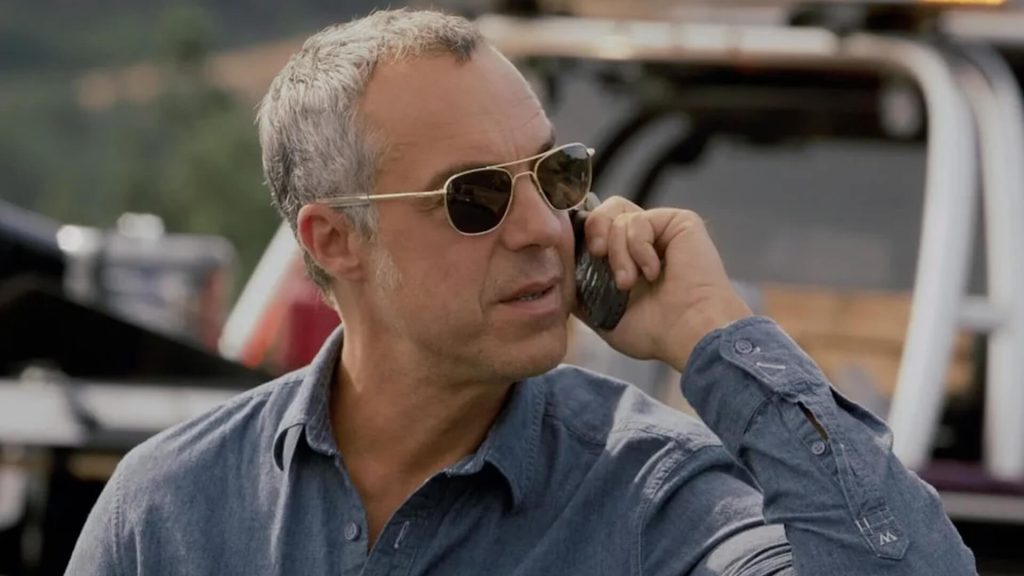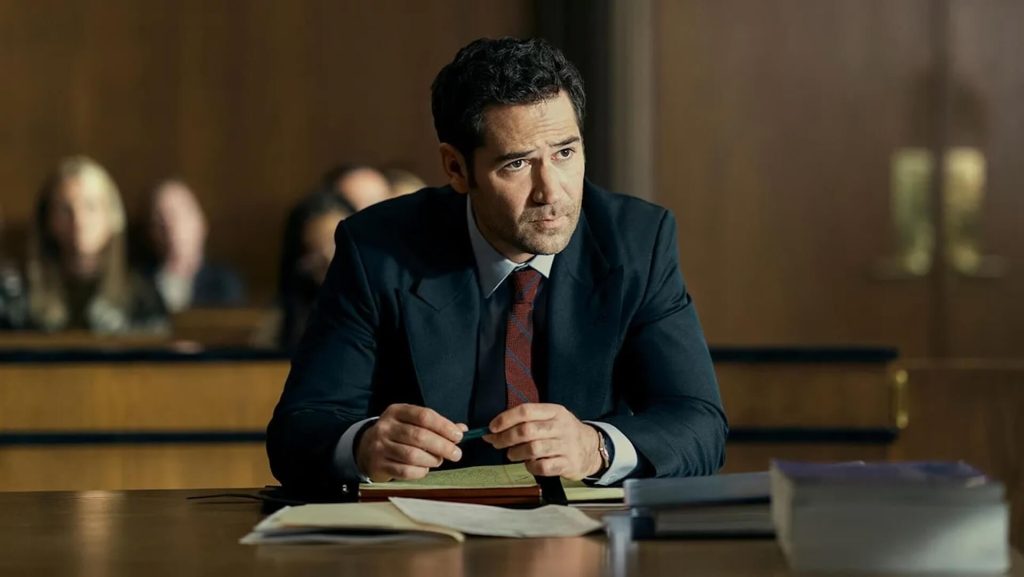As writers, we’re constantly thinking of stories we want to bring to life. Some of the best stories might already exist but haven’t been adapted to the screen… yet! Hollywood loves adapting novels, short stories, novellas, and everything in between into franchise films and TV series.
With already-developed worlds, characters, and a story frame that has an audience behind it, cinematic prose is ripe for adaptation. But how do you craft a story ready for the screen?
Novelist Michael Connelly has spent the last several years adapting his crime novels for film and TV. His latest project, The Wonderland Massacre & The Secret History of Hollywood, premieres this weekend on MGM+, while he continues to write for ongoing shows like Bosch and The Lincoln Lawyer. Connelly recently sat down with ScreenCraft to share insights on how writers can craft cinematic stories, keep audiences engaged, and tackle the biggest challenges of adapting novels for the screen.
Creating the Frame of the Story
Every great story starts with a spark of inspiration. For Connelly, crime often serves as the framework of his stories, but it’s never the driving force behind why his novels are so compelling.
“You really step back before you’ve written a word and say, ‘OK, I got this idea. A detective told me this story about a case, or I read it in the newspaper, and that’s really just the frame. What do you want to do with that?’” Connelly said.
Thinking of the story’s frame as a MacGuffin can help writers establish a plot foundation they can then fill with meaningful, character-defining moments. Figuring out the character arcs, relationships, and plot points that drive them will help you find the tension and intrigue to craft a story that fits the framework.
“You want to have aspirations to write something that means something on a hopefully higher level than just a whodunnit,” Connelly added.

‘Bosch’
The Importance of Location
One way to build your character is by finding a setting that helps define them. As Connelly notes, “the setting lives or dies on character.”
“A key component of that is the relationship with your protagonist… and their relationship with the city—what they draw from it and what they know about it,” he said.
Many of Connelly’s best stories, like Bosch or The Wonderland Massacre, feature Los Angeles as a key player that defines the characters. Connelly emphasizes that the City of Angels is integral to the stories, revealing something about the characters through their interactions with the place and how they navigate it. Understanding the character’s role in the city acts as shorthand for the audience, adding depth without needing heavy exposition.
“At the end of the day, I don’t think people will come back for the second episode because they loved the plot so much,” Connelly said. “They come back for the character. They want to get back in the car with that character and ride further.”
Read More: Should Screenwriters Adapt Their Screenplays into Novels and Short Stories?
Make Sure Every Character Wants Something
When it’s time to start writing, Connelly emphasizes the importance of ensuring that every character has a motive for being present. This keeps the focus on the character rather than solely on the plot framework.
“It’s about character. A writer I loved growing up was Kurt Vonnegut, and someone asked him, ‘What’s your best piece of advice?’ He said, ‘Make sure that on every page, every character wants something, even if it’s only a glass of water.’ That’s really the essence of writing. It’s about what characters want and how they go about getting it, and that reveals them to the reader.”
Understanding what a character wants helps writers discover the tension in a scene, the dynamics between relationships, and how the overall story evolves. This is where writers can flex their creativity to craft a textually rich story that keeps the audience engaged.

‘The Lincoln Lawyer’
The Biggest Challenge in Adapting Novels for TV
Adapting novels isn’t easy, even if you wrote the novel. Connelly has had several of his books adapted into films, like Blood Work and The Lincoln Lawyer, but he wasn’t involved in writing the screenplays. It wasn’t until Amazon wanted to adapt Bosch for the screen that Connelly joined the writers’ room for the series.
“I was about 20 years into these books when Amazon came knocking, wanting to make a TV show. Maybe because Amazon is one of the biggest sellers of books, they had the data to believe the show would be popular if done right,” Connelly said.
However, moving from the isolated world of writing novels—where he could focus on a character’s internal thoughts—to writing collaboratively for a visual medium was one of the biggest challenges.
“You have to show it through their dialogue and actions. To lose that interiority… I wasn’t the best script writer at first, even though I created the characters,” Connelly said. “It took time. But, luckily, Bosch has been on for 10 seasons. Over those seasons, I think I got better as a scriptwriter, but I had to learn from more experienced showrunners.”
Connelly embraced the challenge of learning this new format, focusing on the story’s setting to make it a key element that shaped Bosch’s actions and character throughout the series.
“On a TV show, you’re in a room with seven to eleven people—some writers, some support staff—and there’s camaraderie in bouncing ideas around. That change was really good for me. It’s influenced my book writing as well,” Connelly said.
—
Creating a cinematic story that could thrive on screen isn’t an easy task. Compared to TV, writing a novel allows you to spend more time with characters, but you can’t forget the parts that make a story worth putting on screen. Connelly reminds us that focusing on character, setting, and motivation will help build a strong story that captivates audiences.
As the entertainment landscape continues to evolve, writers must be adaptable, learning from every medium to bring their stories to life in compelling and engaging ways.
Read More: The 5 Biggest Differences Between Screenplays and Novels
Check out our Preparation Notes so you start your story off on the right track!
The post How To Craft a Cinematic Story That Shines on Screen appeared first on ScreenCraft.
Go to Source
Author: Alyssa Miller

